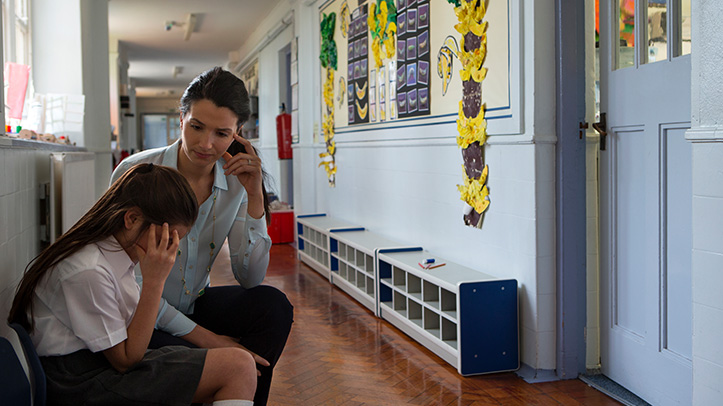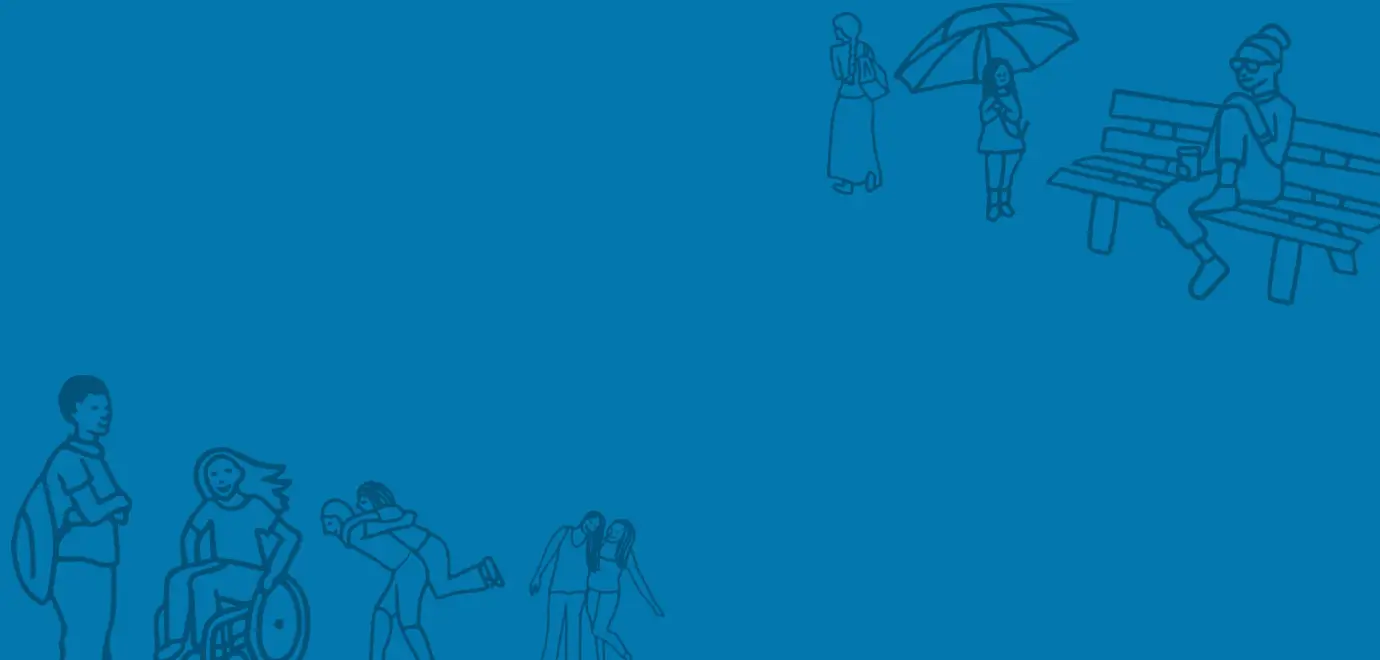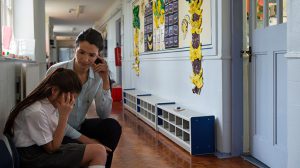
The growing number of children revealing they have been sexually abused or harassed at school is alarming, and a reminder that #MeToo does not begin at 18. Nor is this a problem limited to just independent schools. Many children are harassed from a young age – it could be a sexual comment from a stranger on the way to school or inappropriate sexual behaviour in the classroom or playground. Children, and in particular girls, told us during work on our recent report on safety that they often feel unsafe on the streets or in parks, partly because they are worried about being harassed.
Over the last week, more and more brave girls and young women have talked publicly about their experiences. There have been calls for an inquiry, although I think the immediate focus now must be on what we can do to help children who have suffered abuse, and children who are at risk of abuse, and be careful not to kick the problem into the long grass. There are existing structures in place that can make a difference now.
It is vital that all schools – state and independent – take this seriously. All schools in England already have a legal duty to follow safeguarding procedures. We have an advanced and well-established safeguarding system which is there for a reason – to protect children and to identify and tackle problems. There is no excuse for any school failing to follow these guidelines.
Schools must provide support to anyone affected, and if there is an underlying culture in school that allows children to believe they can get away with sexual harassment or abuse, it must be tackled. There is existing specific guidance on sexual violence and harassment in schools and even if abuse takes place off-site, schools still have a safeguarding duty.
Following the guidance set out on safeguarding procedures includes how to handle incidents and how to help children report them confidentially. “Keeping Children Safe in Education” advises: “It is essential that all victims are reassured that they are being taken seriously and that they will be supported and kept safe. A victim should never be given the impression that they are creating a problem by reporting sexual violence or sexual harassment. Nor should a victim ever be made to feel ashamed for making a report.”
Abuse should never be dismissed as ‘boys being boys’ or ‘banter’.
Serious concerns should be escalated to children’s social care and the police where necessary. As the existing guidance makes clear, harmful sexual behaviour by a child perpetrator should also be considered as a safeguarding issue, and the appropriate steps taken to make sure they are given the support to address their behaviour. Even if it does not meet the threshold for statutory intervention, schools should themselves still take action to ensure the behaviour stops.
The guidance is also clear that schools should not wait for outcomes of children’s services or police investigations before they take steps to protect a child and that even if no further action is taken schools should continue to offer support to victims.
Ofsted should already place a very strong emphasis on safeguarding and can make on-the-spot inspections of schools where there are concerns. I would like to see a focus on these issues in their forthcoming light touch plans for inspection after Easter, and for Ofsted to explore what more can be done to ensure schools and local safeguarding partners are following best practice. There are also questions to be asked about whether there should be a role for Ofsted in inspecting safeguarding standards at independent schools.
Local authorities also have a responsibility to investigate safeguarding issues. Schools should be reporting all significant incidents to them, and children and families can also do so directly. The local safeguarding partnerships made up of the NHS, police and local authorities have independent scrutineers to check they are doing their job. Where there are issues in particular schools, the safeguarding partnership have a responsibility to make sure these children are heard, their concerns are investigated and the individual children are offered support.
I would like to see local level interventions, proactively responding so that children know they are being listened to, and so that others are encouraged to seek help.
Finally, tackling these problems will also require a wider culture change. Schools should be taking a whole school approach to reducing and preventing harassment and abuse – including using sex and relationship education to make sure children understand the concepts of consent and healthy relationships. That can be done through the RSE curriculum and ensuring that the wider school ethos includes strong messages about respect and a policy of zero tolerance of harassment or abuse. Of course, many schools do so already, and it is not just about schools, these are conversations that parents and carers should be having with children at home as well.
Nobody will be surprised if there are many more stories about sexual harassment and abuse of girls in the coming days and weeks. We should welcome and applaud those girls and young women who are speaking out – and support them and those thousands of others who do not feel able to speak out. Those children need action and support now. We have very strong safeguarding systems in place – it is more important than ever that they are used.






